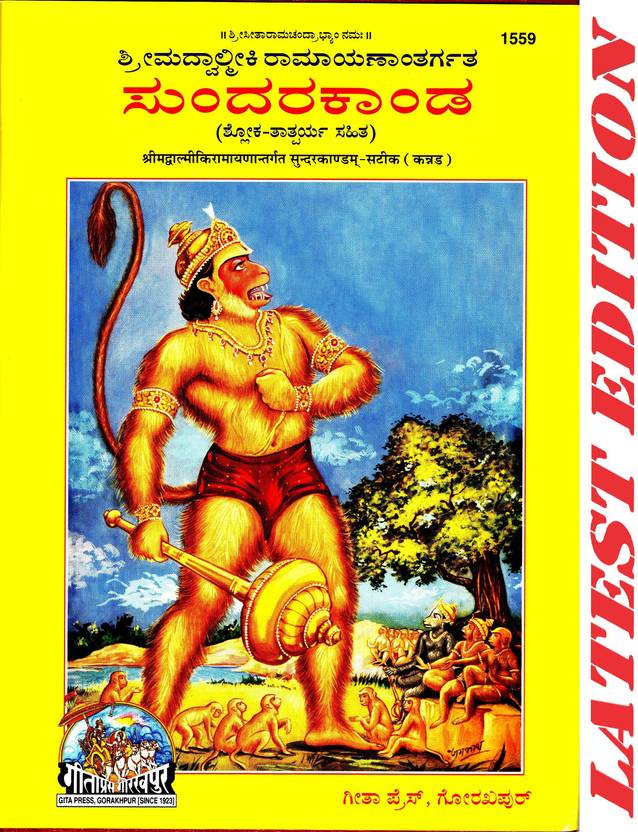Have you ever wondered what fuels the relentless churn of viral content that dominates our digital landscape? The truth is, behind every viral sensation lies a story, a spark that ignites the collective consciousness and propels a piece of content into the stratosphere of online fame.
The internet, a vast and often unpredictable realm, has become the ultimate arbiter of cultural currency. What was once confined to water cooler conversations now transcends geographical boundaries, reaching millions, even billions, within hours. Platforms like Instagram, TikTok, and X (formerly Twitter) have become the primary conduits for this rapid dissemination of information and entertainment, shaping trends, influencing opinions, and, in some cases, altering the course of events. Understanding the dynamics of viral content, the elements that contribute to its explosive growth, is a crucial undertaking in today's interconnected world. This is especially true given the increasing sophistication of content creation and the ever-evolving algorithms that govern what we see and, consequently, what we think.
Let's delve into the specifics, the individual instances that exemplify this phenomenon. Consider the case of Viralkand, an online platform dedicated to curating the latest Indian viral stories and trending videos. The very name speaks to the phenomenon, a linguistic blend that reflects the platform's focus: content that spreads virally, often accompanied by the Hindi word kand, which can be interpreted as incident or event. This platform exemplifies the modern reality: content aggregators are key in the online world, and they are as important as the sources themselves. The core of Viralkand's appeal lies in its ability to identify and disseminate content that resonates with a vast audience, offering a diverse collection that captures the zeitgeist of the Indian internet.
Next, the stories themselves and the people involved. The recent news of a phone call between the notorious Vikas Dubey and a police officer, now gone viral, highlights the power of the internet to expose hidden truths and create a cascade of scrutiny. The officer, identified as Chaudhary, stationed at the Choubeypur police station, was suspended following the brutal attack in Bikru village. The circulation of this call, captured and shared across platforms, sparked widespread condemnation and calls for accountability. This is the power of content, to spark outrage, start investigations, and demand justice. This specific kand is an example of how content can create social change.
Then there are the more lighthearted, yet equally viral, instances. Mohit's Ek or kand ho gaya (Another incident happened) video, shared across various platforms, perfectly captures the essence of the short-form video culture that dominates social media. The content is engaging, short, and easily shareable. The success of such videos, often relying on humor or relatability, underscores the importance of capturing fleeting attention spans and catering to a fast-paced digital environment. It is a culture of content, and these viral moments make people's days better.
The Kulhad Pizza Couple, the subjects of intense scrutiny following a video that went viral, demonstrate the double-edged sword of online fame. Their video generated a backlash, causing the term video kand to become a ubiquitous part of the social media discourse. This illustrates how quickly a piece of content can shift from trending to controversial, and the potential consequences that such sudden exposure can carry. The viral status of the video, however, also showed that content can travel in many directions. The couple's story serves as a cautionary tale, reminding us that the digital world often delivers quick rewards and punishment.
The realm of music is not exempt. Playlists like TikTok & Viral Hits Sverige 2025 on Spotify highlight the direct connection between viral trends and musical popularity. The playlist comprises the best TikTok trending songs, and shows how quickly musical trends are discovered and adapted by the masses. This demonstrates the symbiotic relationship between social media platforms and the music industry, where virality can act as the ultimate launchpad for new artists and tracks.
In moments of crisis and natural disasters, even the most stoic among us can become overwhelmed. The Florida meteorologist who went viral for his emotional report on Hurricane Milton's potentially devastating impact is a testament to the human capacity for empathy and connection. His raw, unfiltered reaction resonated with viewers, making it a relatable moment that highlighted the very real fears that people feel in the face of such forces. The power to connect can be a strong tool, and the meteorologist was able to create such a connection.
Finally, consider the Rat Kand videos, which trended on various platforms. These videos are often short clips that capture some form of unexpected event, or animal-related incidents. Though the content can be controversial, it does capture the imagination of the masses, and makes these videos go viral.
The collective success of these examples shows the power of digital content and its virality. The core component of the internet is its users, and it is important to watch what is shared and trending. The ability to share, comment, and interact online is essential for today's environment.
| Topic | Details |
|---|---|
| Platform | Viralkand |
| Description | An online platform that serves as a hub for the latest Indian viral stories and trending videos. It offers a diverse collection of content, ranging from news and entertainment to social commentary and cultural insights. |
| Content Focus | Indian viral stories, trending videos, news, entertainment, social commentary, cultural insights |
| Key Features | Curated content, easily shareable format, diverse collection of content. |
| Impact | Facilitates the rapid dissemination of information, entertainment, and cultural trends within the Indian online community. |
| Target Audience | Indian internet users, individuals interested in viral content and trending topics. |
| Reference | Example Website - (Replace with an actual, relevant website if possible, otherwise remove this line) |



